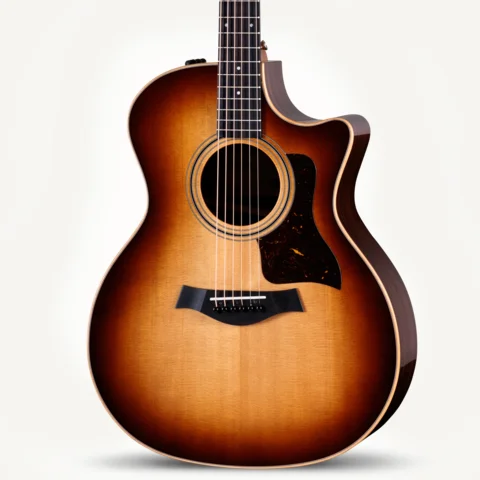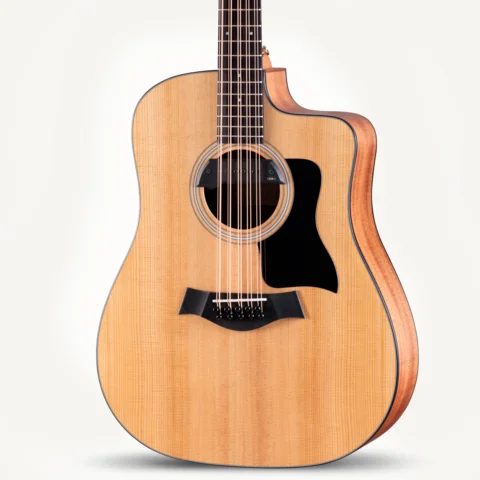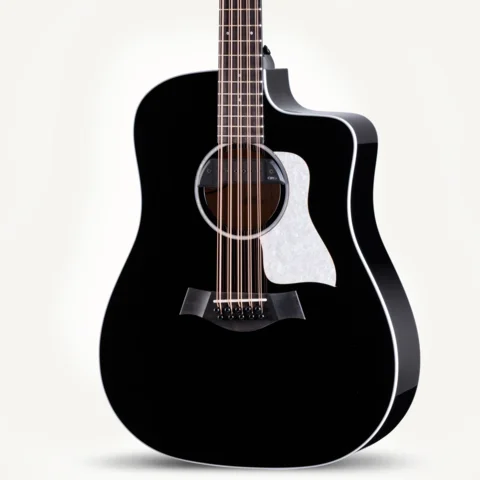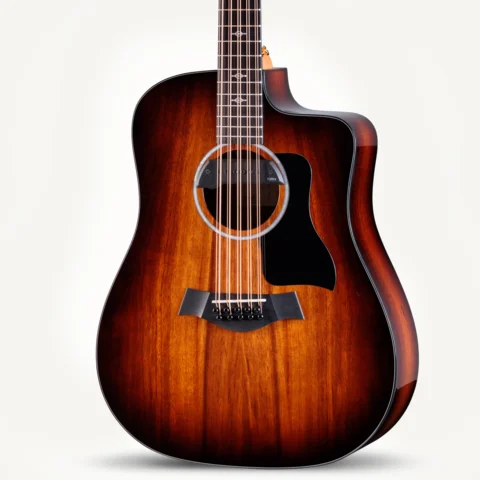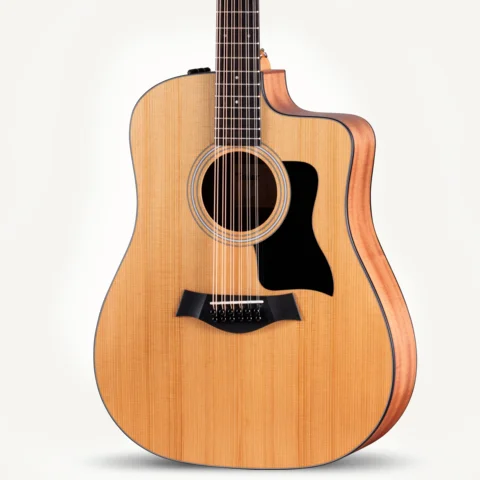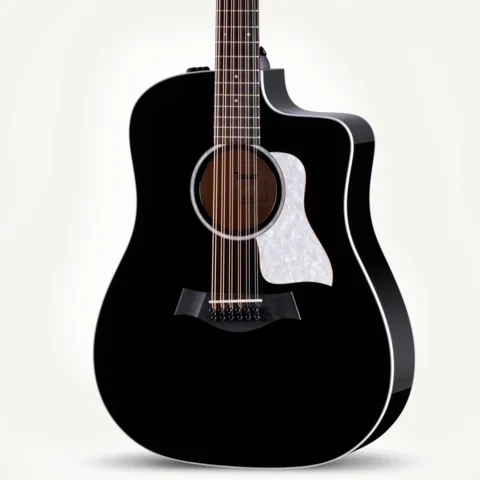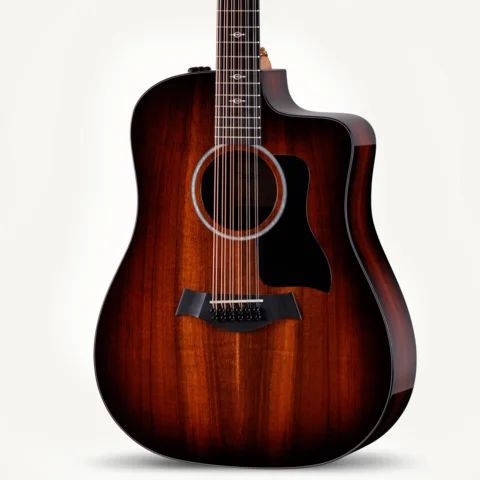In the world of guitars, the traditional six-string configuration is by far the most common you’ll find in stores or anywhere else. But if you’ve been around guitars a bit, you probably know that 12-string guitars exist, too.
So what’s the difference between a 6-string and a 12-string guitar, and why would a player choose one over the other?
12-String vs. 6-String Guitar: Difference in Sound
The most important difference between these two types of guitars is pretty clear: one has six strings, the other twelve. Where a 6-string guitar has one string for each note, a 12-string has a pair of strings for each note. For the two highest string pairs (B and E in standard tuning), each pathe reir usually consists of two strings of the same gauge (thickness), and both strings of each pair are tuned to the same pitch (unison). For the four lower notes (E, A, D and G in standard tuning), each pair consists of two strings of different thicknesses, with the lighter string of each pair tuned to the same note in a higher octave.
This configuration typically yields a brighter, more harmonically textured sound with a stronger attack than a 6-string guitar will produce. The response from a 12-string guitar can sound more blended compared to a 6-string, which tends to generate more clarity and definition between notes. Twelve-string guitars are often appreciated for their shimmering musical character—it’s a sound that leaps out at the audience, whether played live or recorded. You might recognize the distinctive sound of a 12-string guitar in songs like Pink Floyd’s “Wish You Were Here,” Tom Petty’s “Free Fallin’,” David Bowie’s “Space Oddity,” and Led Zeppelin’s “That’s the Way.”
12-String vs. 6-String Guitar: Difference in Design
The sonic differences between 6- and 12-string guitars are immediately clear when you hear each instrument played. When it comes to design, the contrasts might be a little harder to spot. Generally, you can expect 12-string guitars to differ from 6-string guitars in these ways:
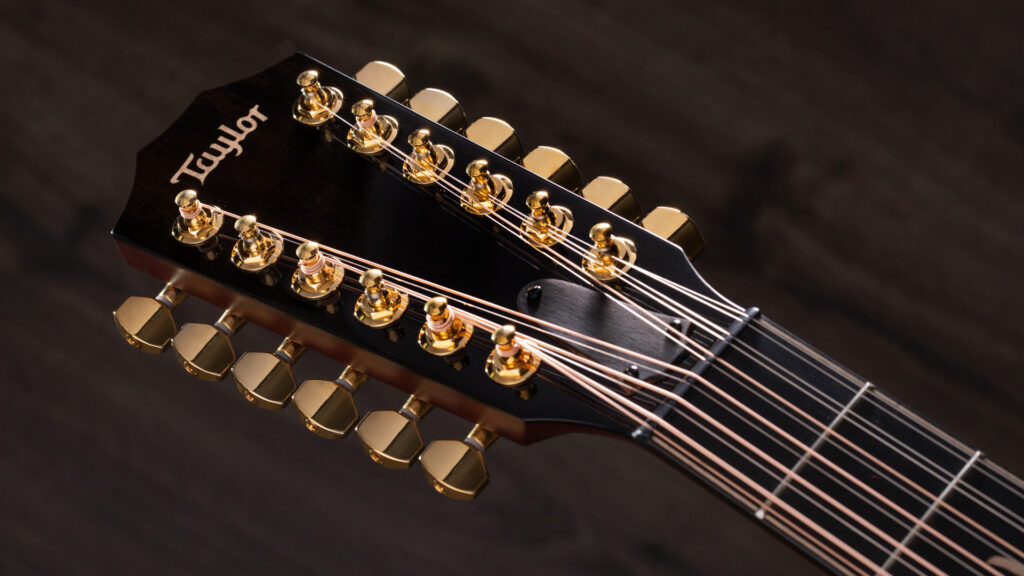
Longer headstock/peghead:
- Most 12-string guitars feature a longer headstock to make room for the additional tuning machines.
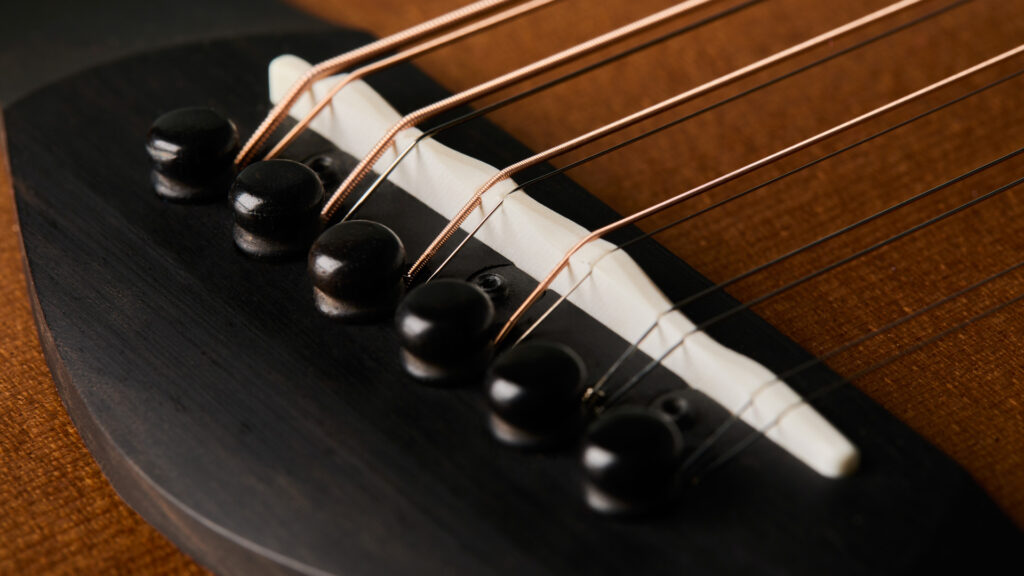
More bridge pins:
- Typically, 12-string guitars feature a bridge hole for every string, which is held in place with bridge pins (usually made from wood or plastic).
- At Taylor, we’ve created a double-strung configuration for some of our acoustic 12-string guitars that allows each pair of strings to be held in place by a single bridge pin. That means fewer holes in the guitar’s top (the soundboard), which yields stronger projection by preserving more of the guitar’s vibration energy. It also creates a consistent string break angle, which helps create a more even response.
Wider fretboard:
- Most 12-string guitars are built with a slightly wider nut width, providing a bit of extra space on the fretboard to accommodate the additional strings. This can make the neck feel a little “chunkier” in the player’s fretting hand.
- For instance, the Taylor 612ce (a 6-string acoustic guitar) features a nut width of 1-¾ inches. The Builder’s Edition 652ce, a 12-string model from the same series of guitars, has a nut width of 1-⅞ inches.
Shorter scale length:
- When tuned up to playing pitch, guitar strings exert a great deal of force on the guitar’s neck. Doubling the number of strings on the guitar adds more string tension, for which the neck must compensate in order to keep the strings at a playable height above the fretboard. To reduce the string tension and improve playability, some (but not all) 12-string guitars may be built with a shorter scale length (the length of the string from saddle to nut).
12-String vs. 6-String Guitar: Which is best for me?
Ultimately, your choice of which kind of guitar to buy is a subjective one, and only you know what feels, sounds and performs best for your playing style and practical needs. Here are a couple factors to consider as you decide.

Ability level:
- Newer players may struggle with the wider neck and higher string tension that come with a 12-string guitar. They may require a bit more effort to properly hold down the strings for fretting notes and chords, and this may be difficult for inexperienced players still developing strength in the fretting hand.
- More advanced players will have an easier time playing a 12-string guitar. Specialized techniques like fingerpicking are more difficult with paired strings.
Musical application:
- Most players seek out 12-string guitars because they want to incorporate that shimmery, octave-rich sound into their musical toolkit. It’s an easily recognizable sound that stands out on recordings and in live situations, and 12-string guitars are often purpose-driven—that is, a player might buy one because they have a particular musical idea or need in mind.
Taylor 12-String Guitars
Ready to learn more about 12-string guitars? Check out a few of our favorite Taylor 12-string acoustic guitars below.

Affordably priced and accommodating to a wide range of players, the Taylor 150e is one of the world’s best-selling acoustic 12-string guitars. A solid spruce top yields rich projection and a punchy attack, making it a versatile option for many playing styles.

Layered rosewood back and sides pair with a solid spruce top in this comfortable Grand Auditorium 12-string model from the 200 Series.
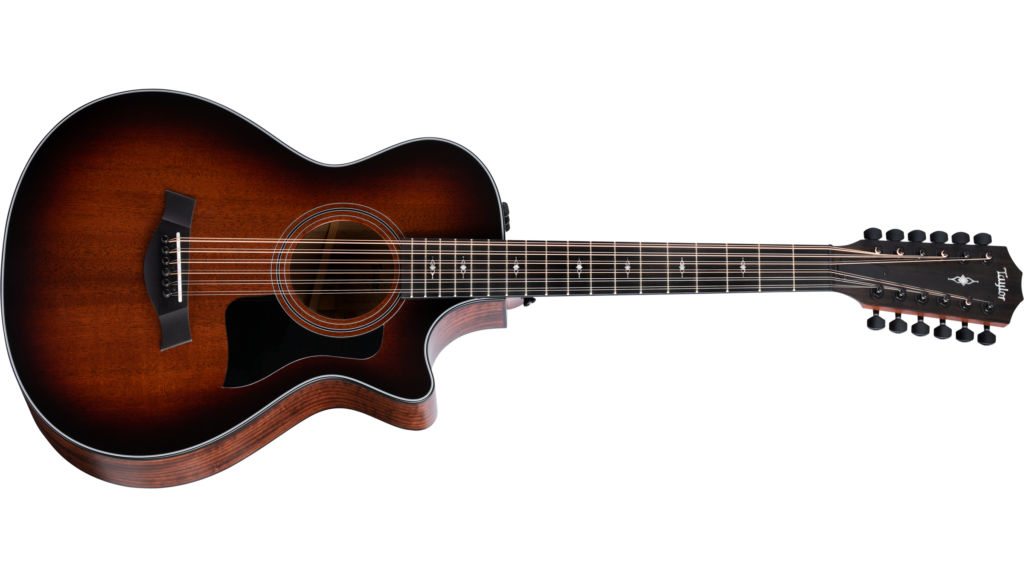
Back, sides and top of solid mahogany give this Grand Concert 12-string guitar a dry, focused response with rich midrange presence, while the V-Class bracing inside dials up louder volume, blooming sustain and clean intonation all the way down the neck.
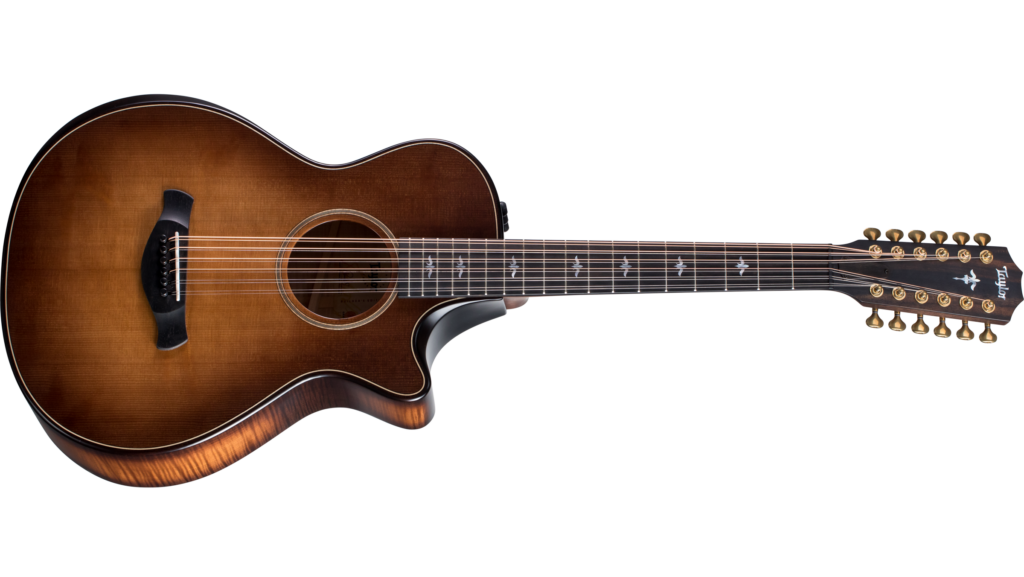
A refined take on the 12-string configuration, this Grand Concert 12-string guitar from the Builder’s Edition collection features solid maple back and sides, a torrefied spruce top, our tone-boosting V-Class bracing, and an array of player-focused comfort features that elevate the playing experience to premium territory.






















































